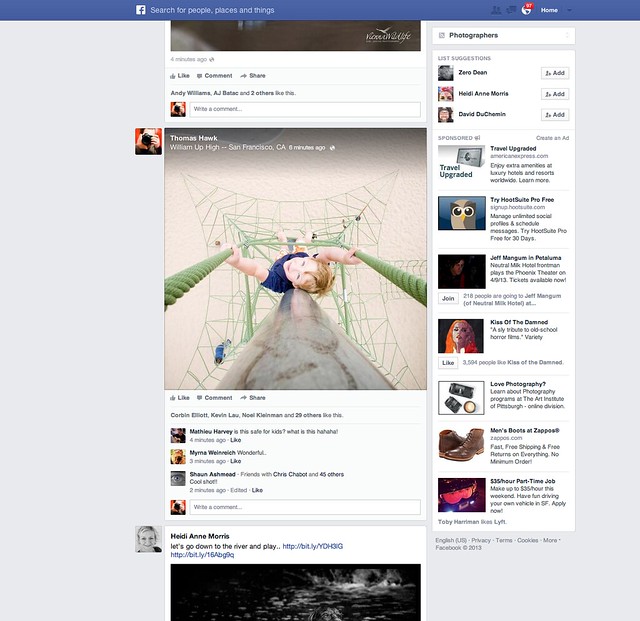There’s no getting around physics. The GH5S uses an oversized Four Thirds type sensor – pretty big for a video camera – but still kinda small when compared with the 36 x 20.3mm expanse of silicon the Sony a7S II uses to shoot video. As you’d expect, the GH5S can’t simply leap this vast chasm using only some sensor improvements, better noise reduction and a little moxie. It’s good but, in spite of anything you may have read, it’s not magic.
Read our analysis of our side-by-side shooting with the Sony a7S II
And yet, the more we test and use the camera, the more excited we are by it.
For a start, our shooting suggests that GH5S can outperform the a7S II whenever you require a depth-of-field that the Panasonic can offer. That alone means the GH5S will perform better than the Sony in some circumstances and can work across a greater range of lighting conditions than its IS-enabled sibling, the GH5.
But that’s not the end of it. The ability to shoot Log footage in 10-bit means that it can retain a lot more subtle tonal information than the 8-bit output of the Sony. So although the deep shadows might be more susceptible to noise than the a7S II, the quality of the midtones in the final footage may well be better preserved and more tolerant of grading.
That’s before you consider the features such as waveforms and vectorscopes that the GH5S inherits from the GH5, features that really aid setting exposure when shooting Log. Add to this the existing ecosystem that’s grown up around the GH series and the full picture reveals itself. We’re currently shooting the GH5S with a 0.71x SpeedBooster and a Sigma 18-35mm T2.0 CINE lens and can’t wait to show the results. If only Seattle would drop out of Log mode for a moment…
Articles: Digital Photography Review (dpreview.com)

















